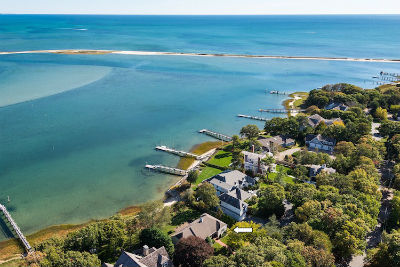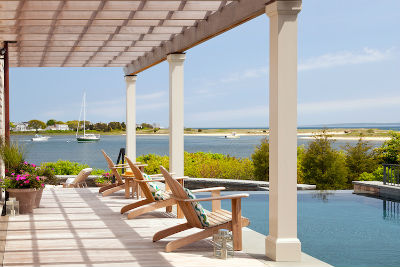Blog / Did You Know? / Cape Cod’s Affluent Second-Home Owners
If you could travel back in time to 1950, chances are you would not recognize the communities of Cape Cod. Only 47,000 people lived here then, and almost everyone who had a home on the Cape were full-time residents. The local economy was still dependent on the fishing industry and summer tourism.
Today, the year-round population has grown by 357 percent to 215,000 as of 2013. Sixty-five years after, commercial fishing is nearly extinct in Provincetown, and the population has shrunk by almost 25 percent. The outermost town has gone from fourth most populous in 1950 to 13th today.
On the other hand, the town of Mashpee was almost totally undeveloped in 1950, with only 438 full-time residents. Since then, it has exploded to more than 14,000—due in part to gated communities like Willowbend and New Seabury and developments like Mashpee Commons.
But, there is much more to this story: the astounding growth of second homes on Cape Cod. According to the graph in Prosperity Cape Cod “The Best of Both Worlds,” 60.7 percent of Truro’s residents are second homeowners, while just 19.2 percent of Sandwich residents are second homeowners (16).
The majority of second-homes on Cape Cod are not quaint cottages, but residences worth in the multi millions. According to the graph located in Prosperity Cape Cod “The Best of Both Worlds,” 515 second homes were built that exceeded the million-dollar benchmark (17). The average second home on the Cape sits on close to a full acre, according to the Cape Cod Commission.
Once someone buys a second home on the Cape, they will spend more than another $5,000 on purchases for their residence here, according to M.G.M. Lists, a mailing list brokerage providing marketing lists of consumers and businesses for direct sales, lead generation, retail traffic, fundraising, etc. Considering the wealthiest 10,000 second-home households, that comes to some $53 million. Sixteen of these second homeowners spent more than $100,000, with one exceeding $400,000.
How else do these second homeowners impact the Cape Cod economy? Consider that of the wealthiest 10,000 second-home households on the Cape:
Nearly 4,400 own boats—with some households having up to three.
There are nearly 4,000 golfers.
More than 85 percent are active investors.
More than 15 percent come to the Cape with a passion for the environment and get actively involved in nature.
Among the wealthiest second-home owners, more than 60 percent have their primary residences elsewhere in Massachusetts, mostly in the Boston metro area. Another 10 percent come from Connecticut and Rhode Island. About 5 percent of second-home owners have their primary residence in
New Jersey, while nearly 6 percent live in New York.
As a result, for so many second-home owners, their Cape residence really is their “other” home, enjoyed year-round. Many will leave work Thursday night and spend a long weekend on the Cape, working by computer, tablet and smart phone—relying on high-speed, broadband Internet service, then returning to the office Monday morning.